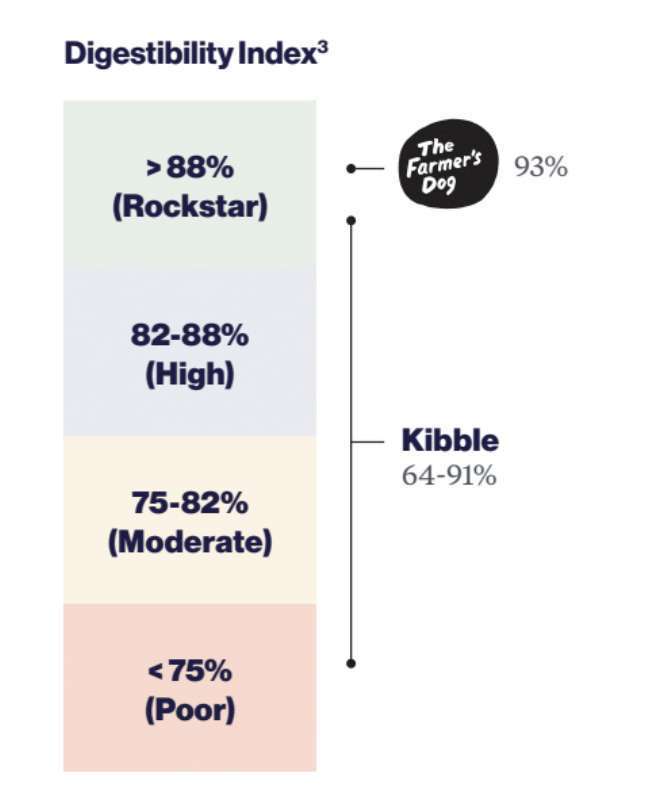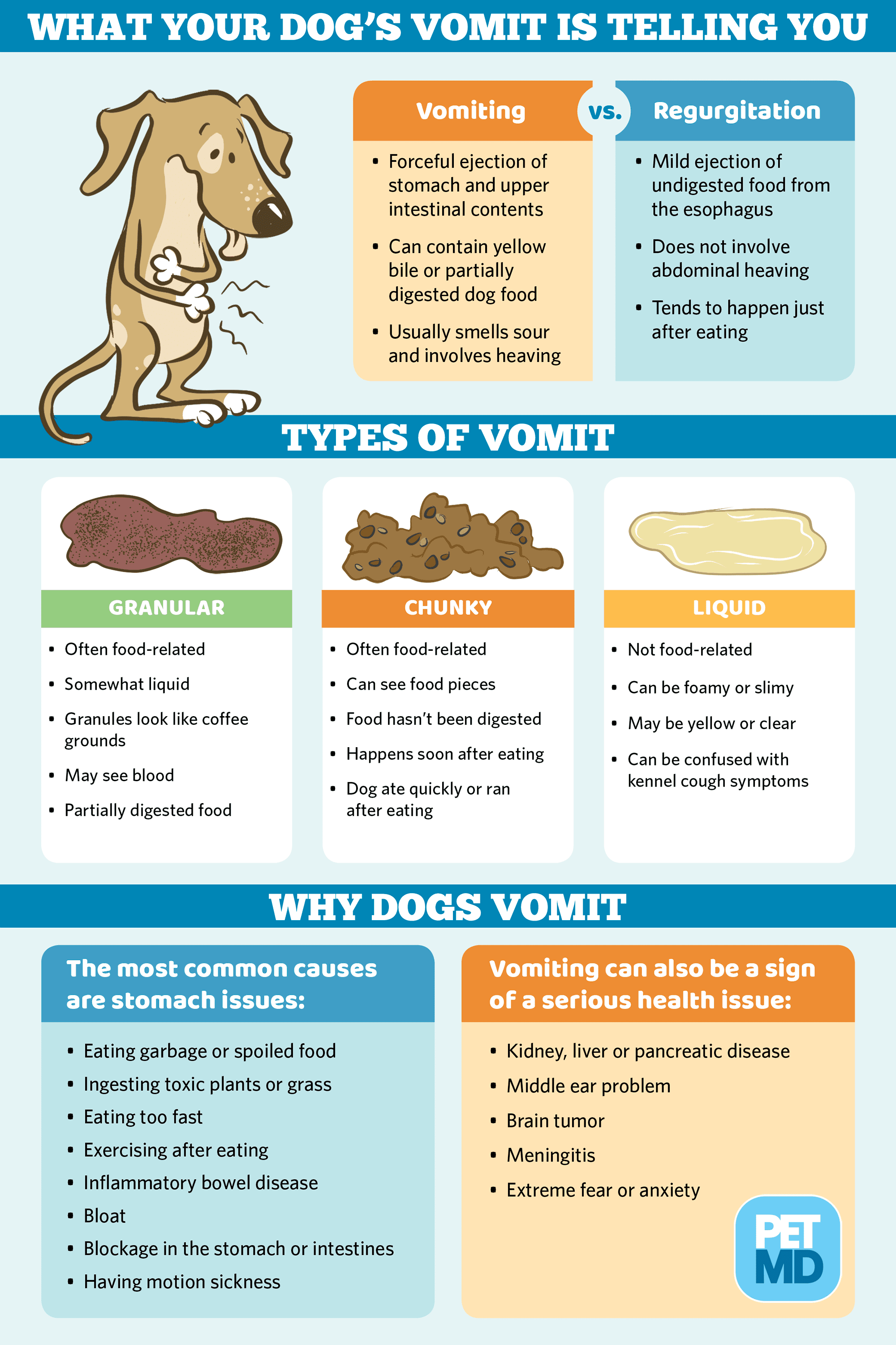Key Takeaways:
- Intestinal obstruction in dogs is a potentially life-threatening condition that occurs when there is a blockage in the gastrointestinal tract.
- Common causes of intestinal obstruction in dogs include foreign objects, tumors, and intussusception (the telescoping of one part of the intestine into another).
- Symptoms of intestinal obstruction in dogs may include vomiting, diarrhea, abdominal pain, loss of appetite, and lethargy.
- Immediate veterinary attention is crucial for diagnosing and treating intestinal obstruction in dogs. Treatment options may include surgery to remove the blockage or medication to manage symptoms.
- Prevention measures such as keeping small objects out of reach and monitoring your dog's behavior can help reduce the risk of intestinal obstruction. Regular check-ups with a veterinarian are also important for early detection and treatment if necessary.
Are you a dog lover? Do you want to ensure the health and well-being of your furry friend? Then, understanding intestinal obstruction in dogs is essential. This topic holds the key to preventing a potentially life-threatening condition that affects thousands of dogs every year. By delving into this subject, you will not only gain valuable knowledge but also learn how to recognize the signs and take immediate action. So, let's embark on this journey together and discover everything you need to know about intestinal obstruction in dogs - because a healthy dog is a happy dog!
Understanding Intestinal Blockage in Dogs
Intestinal blockage occurs when something gets stuck in a dog's intestines, preventing the normal flow of food and waste. This can happen if a dog swallows something they shouldn't, like a toy or a piece of clothing. When the intestines are blocked, it can cause pain and discomfort for the dog.
To understand how intestinal blockage happens, imagine your dog's intestines as a long tube that carries food from their stomach to their bottom. If something gets stuck in this tube, it creates a blockage. This blockage can be partial or complete, depending on how much of the tube is blocked.
Recognizing Signs of Intestinal Blockage in Dogs
If your dog has an intestinal blockage, they may show certain signs that something is wrong. These signs can vary depending on the severity of the blockage, but some common ones include:
- Vomiting: Your dog may vomit repeatedly or have difficulty keeping food down.
- Lack of appetite: They may lose interest in eating or refuse to eat altogether.
- Abdominal pain: Your dog may show signs of discomfort such as whining or pacing.
- Diarrhea or constipation: Their bowel movements may become irregular or difficult.
- Bloating: The abdomen may appear swollen or distended.
Diagnosing Intestinal Blockage in Dogs
If you suspect your dog has an intestinal blockage, it is important to take them to a veterinarian for proper diagnosis. The vet will perform a physical examination and may use diagnostic tools such as X-rays or ultrasound to visualize the intestines and identify any blockages.
In some cases, the vet may also recommend blood tests to check for any signs of infection or dehydration. By conducting these tests, the vet can determine the severity and location of the blockage, which will help guide the treatment plan.
Potential Complications of Untreated Intestinal Blockage in Dogs
If an intestinal blockage in a dog is left untreated, it can lead to serious complications. The blockage can cause damage to the intestines, leading to tissue death or perforation. This can result in a condition called peritonitis, which is a severe infection in the abdomen.
Additionally, if the blockage prevents food and waste from passing through the intestines, it can cause a buildup of gas and toxins. This can lead to further discomfort for the dog and potentially life-threatening conditions such as sepsis or organ failure.
Treating Intestinal Blockage in Dogs: Surgical Options and More
The treatment for intestinal blockage in dogs depends on the severity and location of the blockage. In some cases, if the blockage is small and located near the stomach, it may be possible to remove it using an endoscope. An endoscope is a long tube with a camera that allows veterinarians to see inside the dog's intestines and remove small objects.
However, if the blockage is large or located further down in the intestines, surgery may be necessary. During surgery, veterinarians make an incision in the abdomen and carefully remove the blockage. They may also need to remove any damaged portions of the intestines.
Preventing Intestinal Blockage in Dogs: Tips for Dog Owners
To reduce the risk of your dog developing an intestinal blockage, there are several steps you can take as a responsible dog owner:
- Keep small objects out of your dog's reach: Make sure to keep small toys, socks, and other objects that your dog could swallow out of their reach.
- Supervise your dog during playtime: When playing with toys or chewing on bones, supervise your dog to ensure they don't swallow anything they shouldn't.
- Avoid giving them bones that can splinter: Some bones, like chicken bones, can splinter and cause blockages. Stick to safe chew toys instead.
- Properly dispose of trash: Keep trash cans securely closed and dispose of any potentially harmful items properly to prevent your dog from getting into them.
- Provide a balanced diet: Feeding your dog a balanced diet with appropriate amounts of fiber can help maintain healthy digestion and reduce the risk of blockages.
In conclusion, intestinal obstruction in dogs is a serious condition where something blocks their digestive system. It can cause pain, vomiting, and other symptoms. If you notice any signs of obstruction in your dog, it's important to seek veterinary help right away.
Can a dog still poop with an obstruction?
Symptoms of a dog with a partial blockage include diarrhea, difficulty defecating, and straining during bowel movements. If the blockage is complete, the dog may attempt to defecate but will be unsuccessful.
How long does an intestinal obstruction last in dogs?
If left untreated, dogs with a total blockage in their intestines usually pass away within a span of 3-4 days. There are cases where certain foreign objects may eventually pass through naturally. However, when it comes to intestinal blockage in dogs, time is of critical importance.
How will my dog act if she has a blockage?
Dogs with a gastrointestinal obstruction often experience intense stomach pain and a loss of appetite. One common indicator of pain is when the dog lowers its body down. They may also show discomfort when their tummy is touched, such as groaning, tensing up, or widening their eyes.
How does a dog act with a partial blockage?
Partial blockages usually have milder symptoms compared to complete blockages. The symptoms can vary as the blockage improves or worsens over time. A dog with a partial blockage may experience vomiting and loss of appetite for a day, then return to normal for a few days before the symptoms reappear.
What can I give my dog to help them pass an object?
Feeding your dog a large meal in order to help pass any sharp objects or non-edible items they may have consumed, such as plastic, can be a beneficial approach. Asparagus is commonly utilized for this purpose.
What are the first symptoms of intestinal obstruction?
Bowel obstructions typically result in cramps, stomach pain, throwing up, and an inability to have bowel movements or pass gas. This condition is considered a medical emergency and requires hospital treatment to avoid severe complications. Surgery or another medical procedure may be necessary to remove the blockage.

















